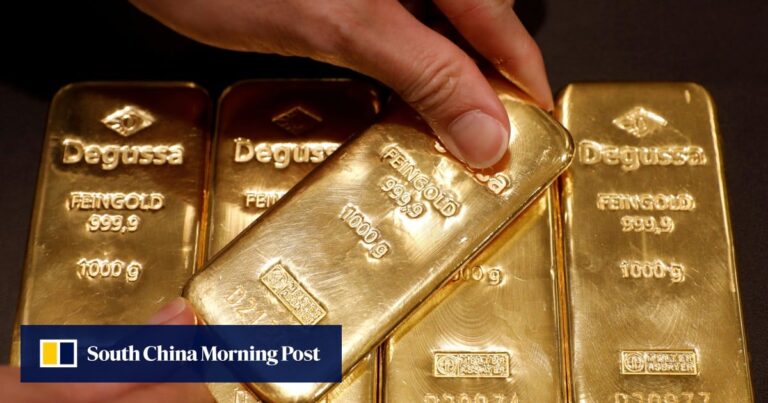Ming-Lan Tan, chief investment officer for Asia Pacific at UBS Global Wealth Management, echoed these views, saying the big unknown for Asia is the upcoming US election and the potential for a tariff shock if Donald Trump is elected.
“A Trump victory would further increase the level of uncertainty,” she said, adding that UBS was taking long positions in assets such as gold to hedge against the tariff shock.
Meanwhile, 27% of asset owners in Asia-Pacific plan to increase their gold investments over the next 12 to 18 months, compared with just 21% of those in North America, according to a survey conducted jointly by State Street Global Advisors and the World Gold Council and released Wednesday.
The survey, which surveyed 850 consultants, financial advisors and institutional investors worldwide, including 63 Asia-Pacific-based asset owners, also found that 76% of asset owners in the region are already investing in gold, similar to levels seen in North America.
“Increasing number of asset owners [APAC] “More and more investors are using gold as a core asset for long-term investments, and gold shines in a balanced and diversified portfolio,” said Robin Tse, Asia-Pacific gold strategist at State Street Global Advisors.
Among Asia-Pacific asset owners interested in gold, 59% said it was because it is a “proven diversifier,” especially during times of financial turmoil and uncertainty. Thirty-seven percent said gold increases risk-adjusted returns over time, and another 37% said the precious metal is an effective hedge against a weakening U.S. dollar.
The US presidential election will be held on November 5th.
“Typically, markets sell off a month or two before an election, then rally again once the election result is certain,” said Mark Haefele, chief investment officer at UBS Global Wealth Management, adding that the current environment favors certain assets, including gold. “We think gold could rise to $2,700 an ounce by next year,” he said.
However, investing in gold has its own limitations: 59% of respondents in a survey by State Street Global Advisors and the World Gold Council cited the lack of coupons or dividends as a major obstacle, 38% noted that the lack of an established model makes it difficult to calculate gold’s intrinsic value, and 25% said fluctuations in the U.S. dollar make investing in gold less attractive.
“Overall demand for gold hit an all-time high last year, with prices rising 13 percent amid economic and geopolitical uncertainty,” said John Reid, chief market strategist for Europe and Asia at the World Gold Council.
Reid added that demand is likely to increase next year due to expectations that the Federal Reserve will ease policy through 2024 and a hotly contested presidential election looming in the US.
“If inflation falls in the future, some of the demand may weaken as gold does not generate cash flows and its price fluctuates from time to time,” Natixis’ Ng said. “This is more about long-term risk hedging than short-term gains.”
Meanwhile, analysts say demand from countries planning to reduce their reliance on the U.S. dollar could help prolong gold price gains, with the World Gold Association saying central banks will account for nearly a quarter of gold demand in 2022 and 2023.
“China’s move to diversify its reserves away from the US dollar, along with similar strategies by other BRICS countries, is fuelling a strong new wave of demand for gold,” said Andy Mok, senior research fellow at the China Globalization Center.

